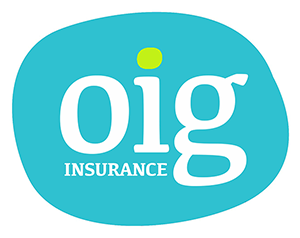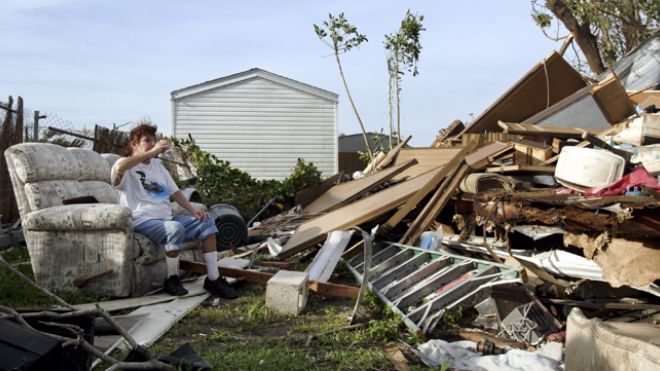When Contractors Have CGL Policies, But No Coverage
You insure a homebuilder. Several years after selling a home, it burns down due to faulty installation of some electrical wiring and your insured is sued. Does he have any coverage under the CGL policy and, if so, under which one? Answer to both questions: It depends.
“Once a product, always a product? We insure a manufactured home dealership that sells homes and, on occasion, will do light repair work on the homes they sold as well as on homes other dealerships sold. My question is – would damage to a home they sold always be denied as damage to their product – even five years after the home has been sold and occupied?
“Example: a home our dealer sold five years ago burnt down. They were sued alleging they put a nail in the wall that caused a electrical short to eventually occur. The insurance company denied the claim saying it was their product. Are there any CGL endorsments available to fill this gap? Thanks for your help.”
Without a doubt, the manufactured homes are either “your product” or “your work” under the CGL. The CGL policy includes exclusions for both…in the case of “your work,” there is only coverage, unless otherwise excluded, if the work was performed by a subcontractor. Below are some observations from the VU faculty.
If a nail put in the wall caused the loss after the construction, it wasn’t the product that was the cause of the loss but the negligence of the carpenter who drove in the nail. If he was a sub, there most likely is coverage.
I think you’ll need a manuscript endorsement to cover it. This is another good reason for home sellers to have a waiver of subrogation included in their contract of sale, but nobody listens to me. If they would/could include a hold harmless agreement and waiver, then the purchaser’s insurer.
The broad answer to this question is, yes. If there have been no other alterations or changes done to the product, after manufacturing, then it is still your product. This is why we have ‘statutes of repose’ in many states. After a certain period of time, there can be no claim against the manufacturer if the product malfunctions, as all things eventually wear out.
Now, for the second question, no, the CGL does not want to cover damage to your product, as the policy would then be paying for the insured to do faulty workmanship. Several years ago there was a coverage for this in the marketplace, but it has gone because of lack of reinsurance. Hope this helps.
With exclusions (k) & (l), another key word is “arising” out of. For example, if your insured went back after the work was done and did something wrong that brought down the house then the loss “arose” out of this specific work.
Are you sure that (k) even applies? Remember a product does not include “real property,” a big change back in 1986. At the TIME of the loss (not when it was built, etc.) wasn’t the house “real property”? If so, you have a “your work” exposure, though it would provide coverage only if done by a sub.
The CGL definition of “your product” excludes real property. This is a completed operations “your work” claim. Most likely, if the home builder’s negligence caused the loss, there is no coverage because of the “your work” exclusion for P/CO claims. However, the exclusion has an exception that grants coverage if the loss was caused by a subcontractor. If the nail was driven, e.g., by a carpentry or sheetrock sub, then the policy should respond.
There is no way to cover this exposure that I’m aware of since the very few products that were once available have been withdrawn from the E&S marketplace. This is a major exposure for contractors…I’m amazed at how many CSRs and producers don’t realize that the CGL doesn’t cover damage to “your work,” a claim that can easily arise years after the building has been sold.


